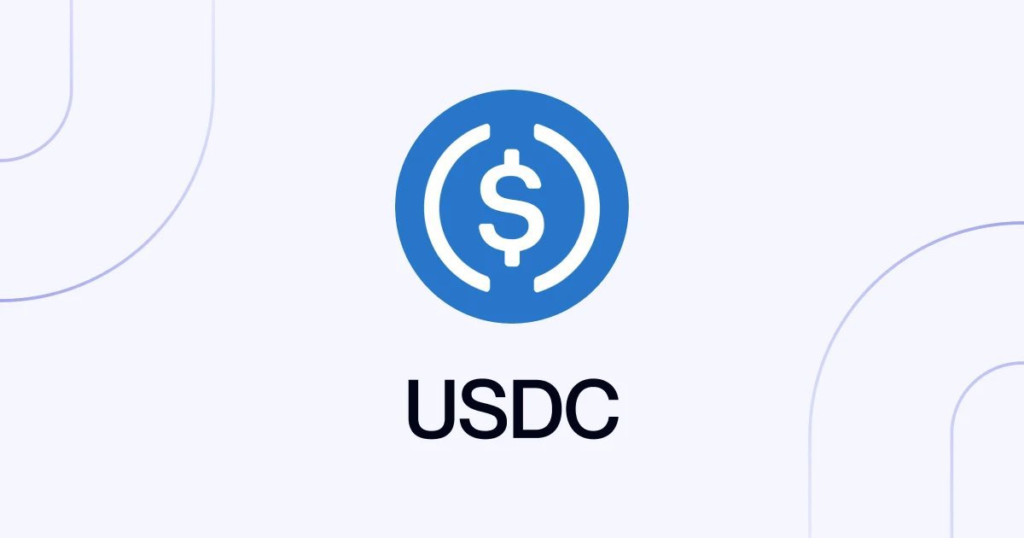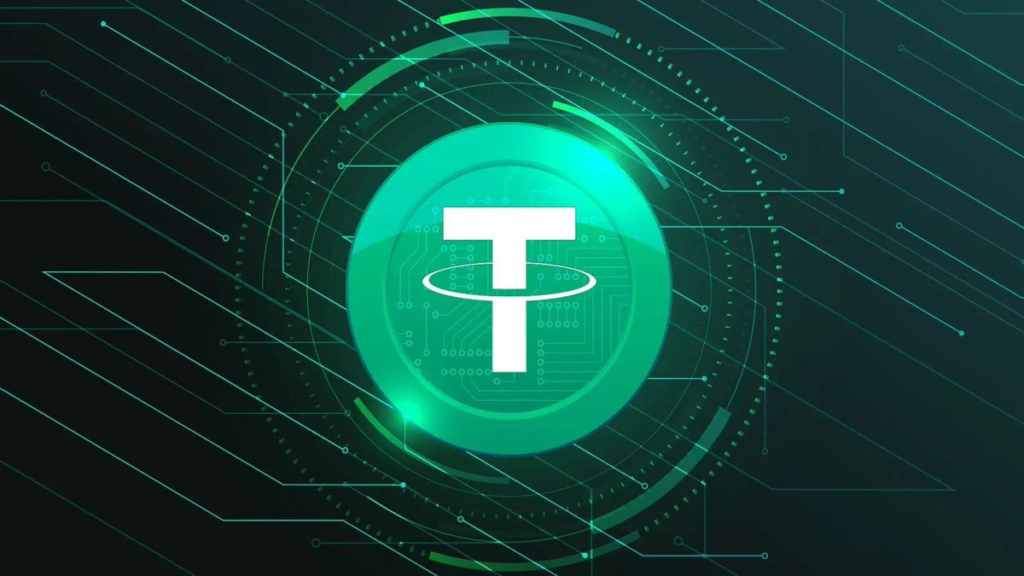Major Banks Are Stepping Into the Stablecoin World!





An exciting transformation is underway in the global financial scene. Spearheaded by Bank of America, major banks have begun preparations to launch crypto stablecoins. Stablecoins are digital assets typically pegged to a fiat currency, minimizing price volatility. This move heralds a new era at the intersection of traditional banking and cryptocurrency. So, what has transpired during this process, what is expected, and what lies ahead for the financial world if it materializes? Let's take a closer look at these developments.
Recently, financial giants have openly expressed their interest in stablecoin technology. Bank of America announced that it is accelerating its stablecoin development efforts, indicating that it is not alone in this endeavor. Large banks, particularly those based in the US, are launching their own stablecoins. This movement has gained momentum with the emergence of clearer regulations for cryptocurrencies. Efforts to establish a federal framework for stablecoins in the US have encouraged banks to invest in this area. For example, some banks have begun testing their own branded stablecoins. Another has developed a tokenized currency that can be used for cross-border payments. Furthermore, several major banks are in discussions to create a joint stablecoin platform. This consortium concept demonstrates that banks are aiming to reach a broader customer base by sharing risks. However, these plans are still in their early stages, and a cautious approach is being taken due to limited customer demand.

Stablecoins are expected to gain a greater foothold in the financial world in the coming period. Proposed regulations in the US could introduce rules that will make it easier for banks to issue stablecoins. The approval of these laws, particularly towards the end of 2025, could encourage banks to take bolder steps. Major banks are exploring ways to integrate stablecoins into their existing payment systems. Some banks plan to offer their own stablecoins to individual customers, while others aim to develop innovative solutions for corporate payments.
Payment giants are also not ignoring this trend. Credit card companies are supporting this technology by developing systems that accept payments in stablecoins. This demonstrates the transformational potential of stablecoins not only for banks but for the entire payment ecosystem. Banks are aiming to gain a competitive advantage in this new space by collaborating with fintech companies or developing their own technologies.

The entry of major banks into the stablecoin market could create radical changes in the financial world. The potential impacts of this scenario include:
Fast and Cheap Payments: Stablecoins could revolutionize international payments, in particular. Low-cost and fast transactions could appeal to both individual and corporate customers. However, the fact that existing payment systems are already highly digitized raises the question of how much of a difference stablecoins can make.
New Dynamics in Banking: Stablecoins could force customers to shift their deposits from banks to digital wallets. This could force banks to issue their own stablecoins, or fintech companies could take the lead in this space. By embracing this new technology, banks aim to both mitigate risks and create new revenue streams.
Regulatory Framework: Clear regulations can increase the credibility of stablecoins. However, strict regulations can hinder the competitiveness of smaller banks. For example, regulations prohibiting interest payments on stablecoins are intended to protect community banks but can limit innovation.
The Convergence of Crypto and Banking: Banks issuing stablecoins could blur the lines between traditional finance and the crypto world. Blockchain technologies, particularly stablecoins powered by smart contracts, could create new uses for financial transactions. This could lead to wider adoption of crypto markets and the rise in value of some digital assets.
A Wave of Competition and Innovation: The entry of large banks into this space could push fintech companies and other banks to move faster. This competition could accelerate innovation in payments systems, but it could also increase the risk of market consolidation.
The move by major banks towards stablecoins could mark the beginning of a new era in the financial world. With regulatory uncertainty easing, banks can integrate this technology into their payment systems to offer faster and more cost-effective solutions to their customers. However, the success of stablecoins depends on customer demand, the regulatory framework, and banks' collaboration strategies. The financial world is closely monitoring these developments, and 2025 stands out as a critical year that will determine whether stablecoins will become part of mainstream finance. Don't forget to follow us on X to stay informed about the latest developments. Click here to follow developments in the crypto world!
------------------------------
This content is for informational purposes only and does not constitute investment advice. Cryptocurrency investments carry a high level of risk, and you are responsible for all your investment decisions.
CoinNET.com accepts no liability for any damage or loss that may arise from the contents.
------------------------------
This content is for informational purposes only and does not constitute investment advice. Cryptocurrency investments carry a high level of risk, and you are responsible for all your investment decisions.
CoinNET.com accepts no liability for any damage or loss that may arise from the contents.





